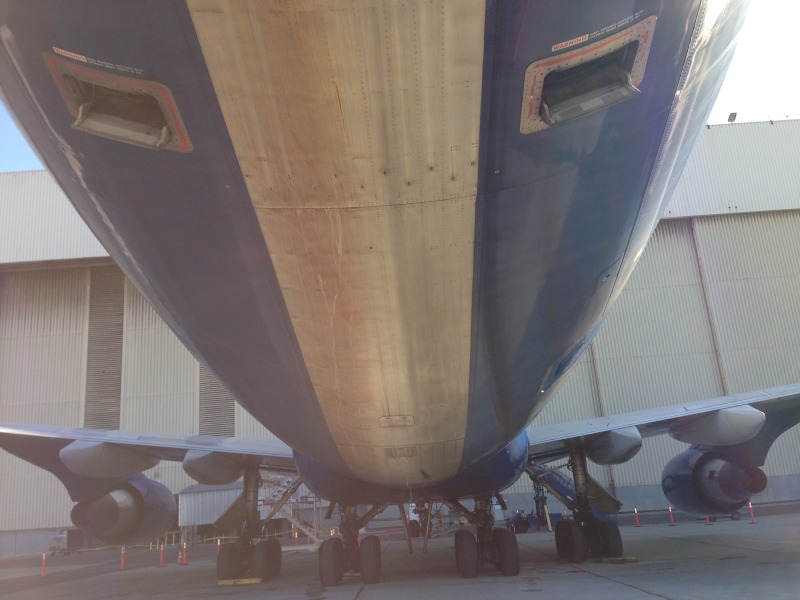mollwollfumble said:
Oops, oops, oops.
I should think before opening my mouth.
The two largest unpressurised compartments on a C130 are the tail and the landing gear bay. NOT instrument bays.
For the 747, am I right in saying that some cargo compartments are always heated and pressurised.
But that some cargo compartments need not be pressurized. What about heated?
What you said earlier, about:
“two outflow valves, as they’re called, in the rear of the pressure hull, and they are a simple flap that opens & closes to control the amount of air escaping, hence the overall pressure inside. This also makes the airflow typically go from the front to the back”
is extremely important and I missed it first time. It means that the air inside the tail comes from the cabin but the air inside the landing bay comes from outside. So the rate of corrosion in the two compartments may be completely different.
On the 747 the entire fuselage is pressurised from the rear wall of the radar nose cone (Smallish flat panel about a metre or so in diameter) right to the rear pressure bulkhead, about two metres or so rearwards of the last rear cabin doors ->

There’s two large cargo bays, one in front of the wing and the other to the rear. They are accessed by means of large doors that are hinged at the top and opened with electric motors that also move the locking latches. The rear bay has a smaller extension that’s tucked up into the fuselage under the rear cabin doors, it’s mainly for last-minute stuff that’s gently placed (thrown in quickly) without being in a container. All of the cargo bays are pressurised and heated but I suspect it still gets a little chilly down there.
The main bays are large enough to fit a reasonable sized car. All the bags & gear that goes into them are put into containers.

These are the outflow valves, they are around a metre long … ? Not sure, but they are a fair size.

All of the landing gear bays are unpressurised and have virtually no air flowing through them.
This is the nose gear bay, the insulated box from the middle to the right of the photo.

I’ve got a heap more photos that might be of interest, have a look here -> Aviation